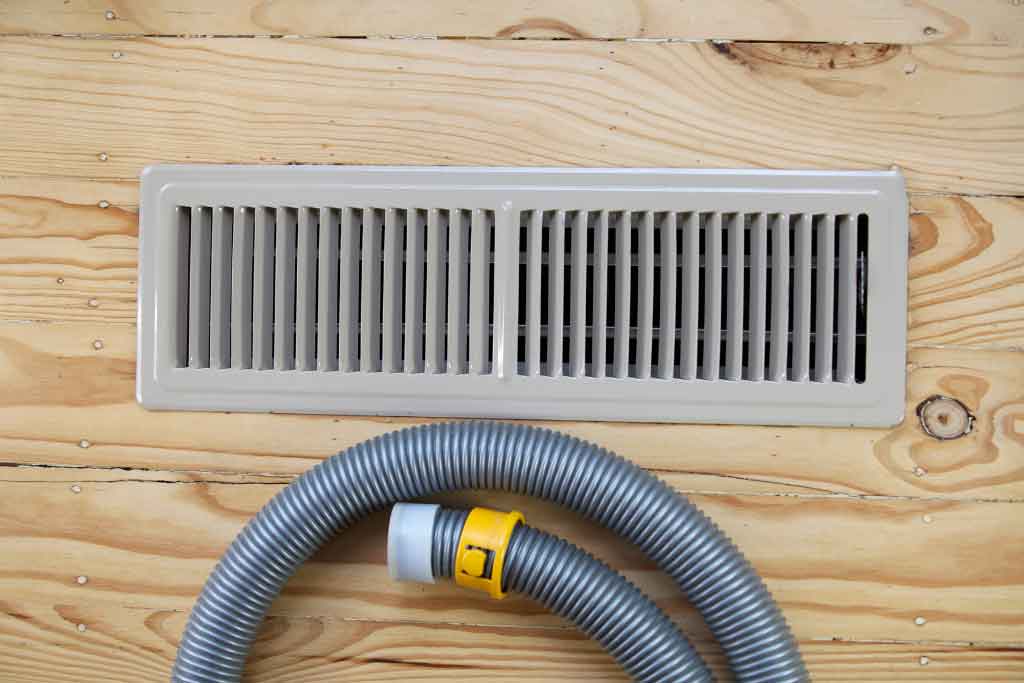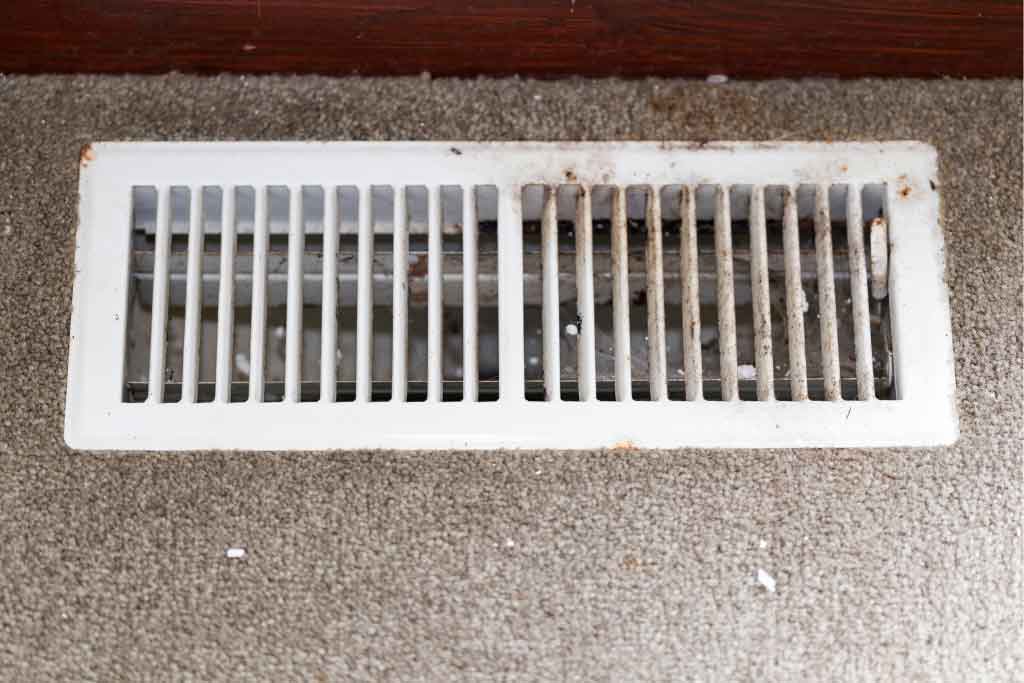Introduction to Evaporative Cooling
Evap cooling, or evaporative cooling, is a revolutionary approach to air conditioning that relies on the natural process of water evaporation to cool the air. This eco-friendly and cost-effective technology has gained traction as an alternative to traditional air conditioning methods. In this section, we’ll explore the basics of evap cooling and its functionality.
Before we start, we will talk about what is evaporative cooling system. The process of evaporative cooling involves drawing warm air through water-saturated pads. As the air passes through the moistened pads, the water evaporates, extracting heat from the air and producing a cooling effect. This cooled air is then circulated throughout the space, providing a comfortable and energy-efficient cooling solution.
How does it differ from other cooling methods?
Evaporative Cooling vs. Traditional Air Conditioning: Unlike traditional air conditioning systems that rely on refrigerants and compressors, evaporative cooling ac utilizes the principle of evaporation without the need for harmful chemicals. The process in air conditioning evaporative cooling involves drawing warm air through water-saturated pads, causing the water to evaporate and cool the air in the process. This chilled air is then circulated throughout the living or working space, creating a comfortable and healthier environment.
Benefits of Evaporative Cooling
- Energy Efficiency: Evaporative cooling systems use up to 75% less energy than conventional air conditioners, resulting in lower electricity bills and reduced environmental impact.
- Environmentally Friendly: With no harmful refrigerants and lower energy consumption, evaporative cooling is a greener alternative, contributing to a more sustainable and eco-friendly lifestyle.
- Improved Air Quality: Evaporative cooling adds moisture to the air, preventing dryness and improving indoor air quality. This is especially beneficial in arid climates where traditional air conditioning systems can contribute to dry skin and respiratory issues
Installation and maintenance considerations
A. Tips for installing an evaporative cooling system
Installing an evaporative cooling system can be a game-changer for efficient and environmentally friendly home climate control. To ensure a smooth and effective evaporative cooling Installation process, consider the following expert tips that will guide you through setting up your evaporative cooling system.
- Professional Assessment: Before diving into the installation, it’s advisable to have a professional assessment of your home. Look for evaporative air conditioning service near me, get certified technicians and evaluate your space, taking into account factors like square footage, ceiling height, and local climate conditions.
- Strategic Unit Placement: Optimize your cooling system’s effectiveness by selecting a location with good airflow and minimal obstructions, considering prevailing winds for enhanced air circulation.
- Correct Ductwork Design: Plan your ductwork layout carefully for even distribution of cooled air, with well-sealed and insulated ducts to maintain consistent temperatures across different rooms.
- Secure Water Supply: Use filtered or treated water to prevent mineral buildup, regularly checking and cleaning the water distribution system to sustain optimal performance.
- Follow Manufacturer Instructions: Adhere to the manufacturer’s guidelines for installation to ensure that you set up the evaporative cooling unit correctly, maximizing its efficiency and lifespan.
- Thorough Electrical Wiring: Guarantee a safe and secure electrical connection by meticulous wiring or, if needed, enlist the services of a professional electrician during installation.
- System Testing and Calibration: Conduct comprehensive tests post-installation, checking for any abnormalities, leaks, or airflow issues to identify and address potential problems early on.
B. Regular maintenance and cleaning requirements
- Cleaning Cooling Pads: Regularly clean and replace cooling pads to maintain optimal efficiency and prevent the buildup of dust and debris.
- Inspect Water Distribution System: Check and clean the water distribution system to ensure a consistent and clean water supply for the evaporative cooling unit.
- Monitor Water Quality: Maintain good water quality to prevent mineral deposits on internal components, enhancing the system’s overall performance.
- Check for Leaks: Conduct routine inspections for leaks in the ductwork or water supply, addressing any issues promptly to avoid potential damage.
- Inspect Duct Seals: Ensure ductwork seals are intact and well-maintained to prevent energy wastage and maintain the system’s efficiency.
- Evaluate Fan Blades: Regularly inspect and clean fan blades to ensure smooth operation and prevent any obstructions that may affect airflow.
- Monitor Humidity Levels: Keep an eye on indoor humidity levels, adjusting the system as needed to strike a balance that ensures comfort without excessive moisture
Final Words
Embracing the benefits of evaporative cooling Melbourne offers a refreshing solution for energy-efficient and sustainable home climate control. With its eco-friendly approach, cost-effectiveness, and reliance on the natural process of water evaporation, evaporative cooling stands out as a viable alternative to traditional air conditioning methods. However, to ensure the continued effectiveness of your system, regular maintenance and prompt evaporative cooling repairs Melbourne are essential.



Pingback: Melbourne Evaporative Cooler Maintenance: Top Tips
Pingback: Top Tips for Effective Evaporative Cooler Maintenance
Wow, wonderful weblog layout! How long have you ever been running a blog for?
you made running a blog look easy. The total glance of your website is excellent, as neatly as
the content material! You can see similar here dobry sklep
Thanks for sharing your thoughts on best shmmer looks. Regards https://Www.waste-ndc.pro/community/profile/tressa79906983/
Very nice article and right to the point. I am not sure if this is really the best place to ask but do
you folks have any ideea where to hire some professional writers?
Thanks in advance 🙂 Escape rooms
Very interesting info!Perfect just what I was looking for!?
Your article helped me a lot, is there any more related content? Thanks!